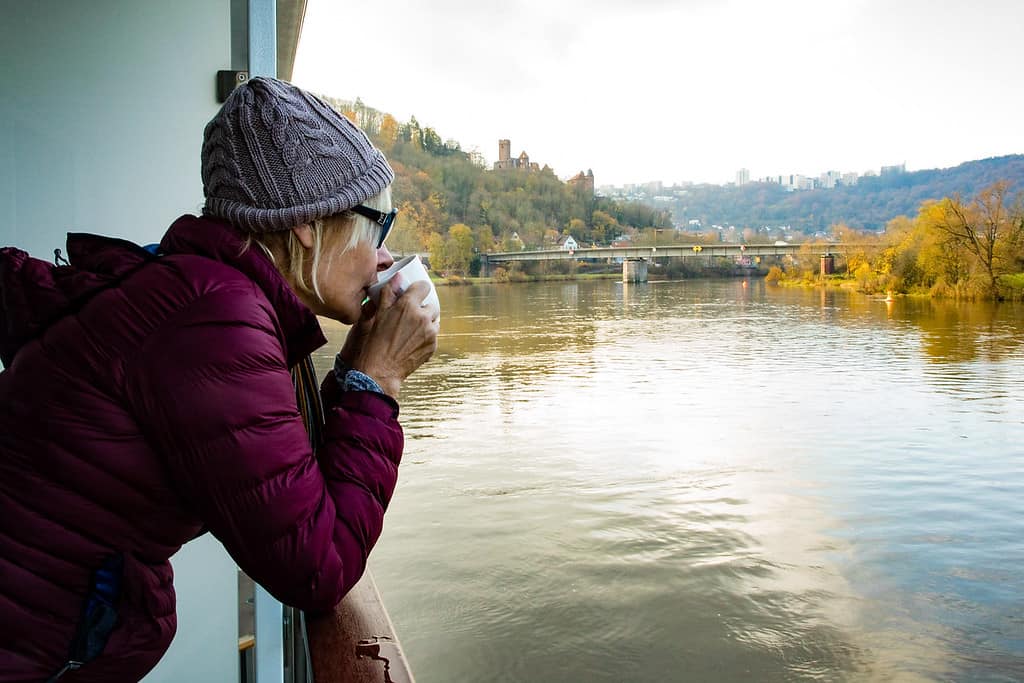Last Updated on April 10, 2023 by Sarah Wilson

The beauty of the ancient rice terraces of Vietnam’s Sapa district was unknown to westerners until the 1880s. In fact, as near as anyone can piece together, it was largely unknown to all but the hill tribes that inhabited the area up until the French colonized Lào Cai Province in the 1890s.
Even though the area has at different times been claimed by many nations including the French, Chinese and now the Vietnamese; the Hmong, Dao, Giáy, Pho Lu, and Tay hill tribes that live there have carried on cultivating the Sapa rice terraces in virtually the same way for centuries.

See also:
- Tomb of Tu Duc in Hue, Vietnam
- Shave, Haircut and a Ear Picking – Apparently A Top Thing to Do in Hoi An, Vietnam
- Life is Either a Daring Adventure or Nothing
Sapa District (named from Chinese Xa Pa, meaning “sandy place”) lies in the Hoàng Liên Son range of mountains on the far eastern edge of the Himalayas. The Sapa rice terraces are believed to date primarily from the 15th Century, but while development threatens some of the terraces others are still being built and cultivated. Up until 1993 Sapa Town was just a market town where the various hill tribes would gather to trade.
Now that the rice terraces of Vietnam have been opened to tourists Sapa has become a base for thousands of intrepid travelers that arrive to gawk at the beautiful scenery and trek the hundreds of kilometers of trails between indigenous villages.

Sarah and I traveled by luxury sleeper train from Hanoi into the town of Lào Cai and took a local bus, about 40 kilometers, into Sapa Town. After reading about Sapa Town in guidebooks and various blogs, my expectations had been quite lowered, but what we found was a charming little city with many nice restaurants, shops, and bars to choose from.
We had also been warned about touts aggressively trying to sell trinkets and handicrafts, but either they have toned it down a bit, or the people complaining about the hassle haven’t been anyplace where the sellers are truly aggressive.

When we arrived we decided to go out for breakfast and have a quick look around. The views around every corner and bend were so beautiful and inviting we unexpectedly found ourselves on our own little trek through the Sapa rice terraces, between villages, and before we knew it we had walked about 15 kilometers through villages, rice fields, and mountain trails.
By the time we arrived back in Sapa Town in the late afternoon, we were exhausted, but very much taken with the area. The weather had turned a bit chilly so we found a warm little restaurant with a friendly staff that played classic American rock and roll; served cold beer and huge plates of local food.

The next day we decided to rent a motorcycle so we could go a little further afield and take the drone out to get some aerial shots of the Sapa rice terraces. It was perfect riding weather and we managed to get quite lost from time to time. Luckily friendly locals were always helpful at pointing us back on our way before we got lost again.
On one of our little detours, we came across a tiny, very local, restaurant that served Pho made with barbequed pork prepared on a little charcoal grill on the sidewalk out front. It was some of the best I have ever had with a perfect broth, handmade noodles and fresh from the garden herbs.

Between getting lost and eating, I did manage to get some cool video of the terraces and thankfully only drew a small amount of attention while flying the drone. (See the video I made in Halong Bay.)

We kept the motorcycle for our last day and drove out to “Love Waterfall”. When we got there the parking area was in the process of being remodeled and we had to scramble between mounds of dirt and construction equipment to get to the walk that leads almost a kilometer down to the falls.
The path itself is entirely concrete and there is almost no wind in the little valley along the way. The falls themselves are pretty enough, but a little overdeveloped for my tastes. There is even a large metal sign next to the falls that identify the falls in Vietnamese, “Thac Tinh Yeu.”

Although the falls were a bit of a disappointment everything else exceeded my expectations. Sapa may be a little out of the way, harder to get to than a lot of places and requiring at least a minimal level of fitness to enjoy, but if you are on a trip to Vietnam I think it is well worth investing at least a few days to see. With tourism expected to continue growing rapidly, it is one of those places to visit before the crowds come and potentially steal away the charm.
Tours In Sapa
Interested in booking your Sa Pa: Muong Hoa Valley Trek and Local Ethnic Villages Tour in advance, then book here.
Or a 2-Day Tour by Overnight Train from Hanoi to the Sapa Hill Tribes, check this highly rated tour.
Disclaimer: Some of the links on this website are “affiliate links”, meaning that if you click on the link and make a purchase, I will receive a small commission at no extra cost. This helps me to keep my website running and continue to share my travelling knowledge with you. Thank you for using the links on my website.







The area looks really pretty! Thanks for putting Sapa on the map!